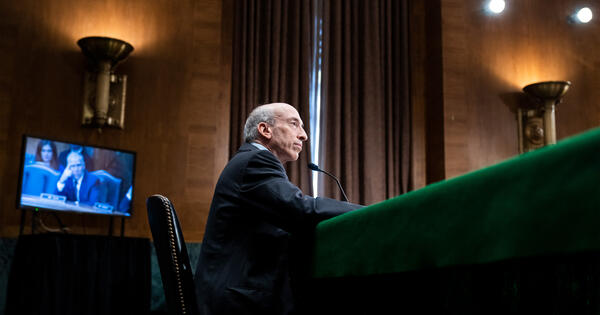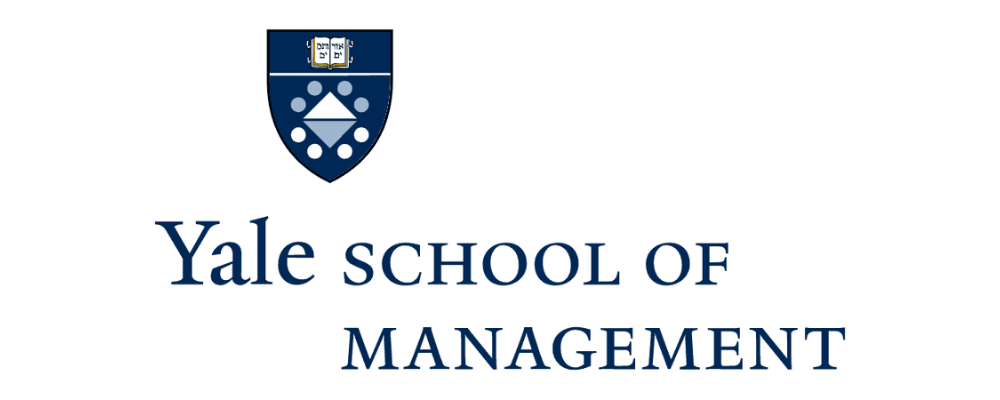
In 2009, Andrew Metrick and Gary Gensler were both serving in the Obama Administration on the front lines of the response to the Global Financial Crisis. In fact, they worked together to address hidden risks in the “repo” market that played a major role in the market crashes of that era.
Fifteen years later when Gensler, now the chair of the U.S. Securities and Exchange Commission, visited Yale SOM to speak with students, Metrick noted that “traditionally, the SEC has not really cared about financial stability. It wasn’t in the DNA of the SEC pre-Gensler.” In a discussion earlier this year, he asked Gensler why he had introduced it as a priority.
Gensler described the SEC’s three-part mission: protecting investors; facilitating capital formation; and maintaining fair, orderly, and efficient markets. “I think that financial stability has something to do with all three,” he said.
As a result, Gensler explained, the SEC is moving forward 15 to 20 policy and rulemaking projects specifically aimed at resilience and financial system stability. They include registering money market and open-end funds, data transparency, and shortening settlement cycles.
Working toward a reduced timeline for the settlement of trades, Gensler said, “sounds maybe a little bit boring. It’s the plumbing of the markets, but time is money and time is risk.” Shortening settlement of stock trades from two days to one can add resilience in periods of extreme volatility.
Asked how AI can make regulators more effective, Gensler asked, “What is AI, but math, data, and computational power?” He explained that AI is perfectly suited for the pattern recognition involved in monitoring financial markets for insider trading or other forms of malfeasance. “We already use it,” Gensler said. “If we had the resources, we could use it more.”
Gensler explained that the SEC’s 5,000 employees, supported by 2,000 additional contractors, oversee $110 trillion in equity markets and $230 trillion in fixed income markets. “We’re resource constrained,” he said. By comparison, he noted, the whole banking sector is $23 trillion.
The SEC also tracks and selectively reviews the disclosures of over 5,000 exchange-listed public companies—another promising use for AI. “But you should always expect the government will not be at the cutting edge,” he said. “It’s not how we’re structured, and it’s not how we compensate people.”
With all respect, I just don’t see that a couple thousand years of economic history is going to be transformed because you have a new accounting ledger—blockchain technology.
While the extent of AI’s impact is not yet known, Gensler said, “it’s transforming society. It has already probably boosted productivity gains in the last four to eight years.” To date the gains are small, but he expects them to grow significantly. “I think AI is every bit as big as the internet. That will lead to some real social and political issues as you get job transformation and loss over the next 10 to 20 years.”
Gensler was much less sanguine about digital finance, cryptocurrencies, and blockchain technology. “We already live in a deeply digital money system.” Bills are paid online, paychecks are direct deposited, and many stock markets are entirely virtual. “It’s hard to say we’ll get more digital.”
Gensler described the pivotal Bitcoin white paper authored by Satoshi Nakamoto (a presumed pseudonym) as a “a nice bit of computer science.” He added, “With all respect, I just don’t see that a couple thousand years of economic history is going to be transformed because you have a new accounting ledger—blockchain technology.” Gensler said it offered a decentralized way to do what was already possible with an Oracle database. “If you look at the major crypto companies, they are not using blockchain technology to keep their books and records. None of them are.”
The largest potential systemic risk on the horizon, Gensler said, is quantum computing. “The problem with quantum is you can use brute force to break any cryptographic approach,” he said. “People just have to plan for it.”
While he’s optimistic that quantum-resistant cryptography will eventually be developed, “the real issue is the transition,” Gensler said. “When we get to that point when somebody starts breaking all the cryptography of that moment, whether that’s 2028 or 2036 or whatever year it is, there’s the mad scramble to the other side. That’s a financial stability issue in that transition.”
Asked about other systemic risks, Gensler pointed to potentially problematic combinations of leverage and volatility in specific markets. Surveys by the SEC, Federal Reserve, and the Treasury show a “very significant amount of the funding of the macro hedge fund space is being provided by banks at near or at zero margin, which means leverage.”
At the same time, markets are relearning to work without quantitative easing. “We’ve had about 15 years of central bank intervention in the sovereign debt markets and the interest rate markets in a way that we didn’t have pre-’08,” Gensler said. “As we’ve receded out of that, bond traders have no muscle memory of trading in the markets we have.” As a result, there’s now a lot more volatility. “After the Silicon Valley Bank events, we had the biggest moves—volatility in the treasury markets—we’ve had in 35 years. I think that’s an interesting contextual framework.”
Gensler warned, “Couple that with the amount of leverage that banks are providing to non-banks and…it works until it doesn’t work.”
Watch the discussion:
“The Yale School of Management is the graduate business school of Yale University, a private research university in New Haven, Connecticut.”
Please visit the firm link to site


